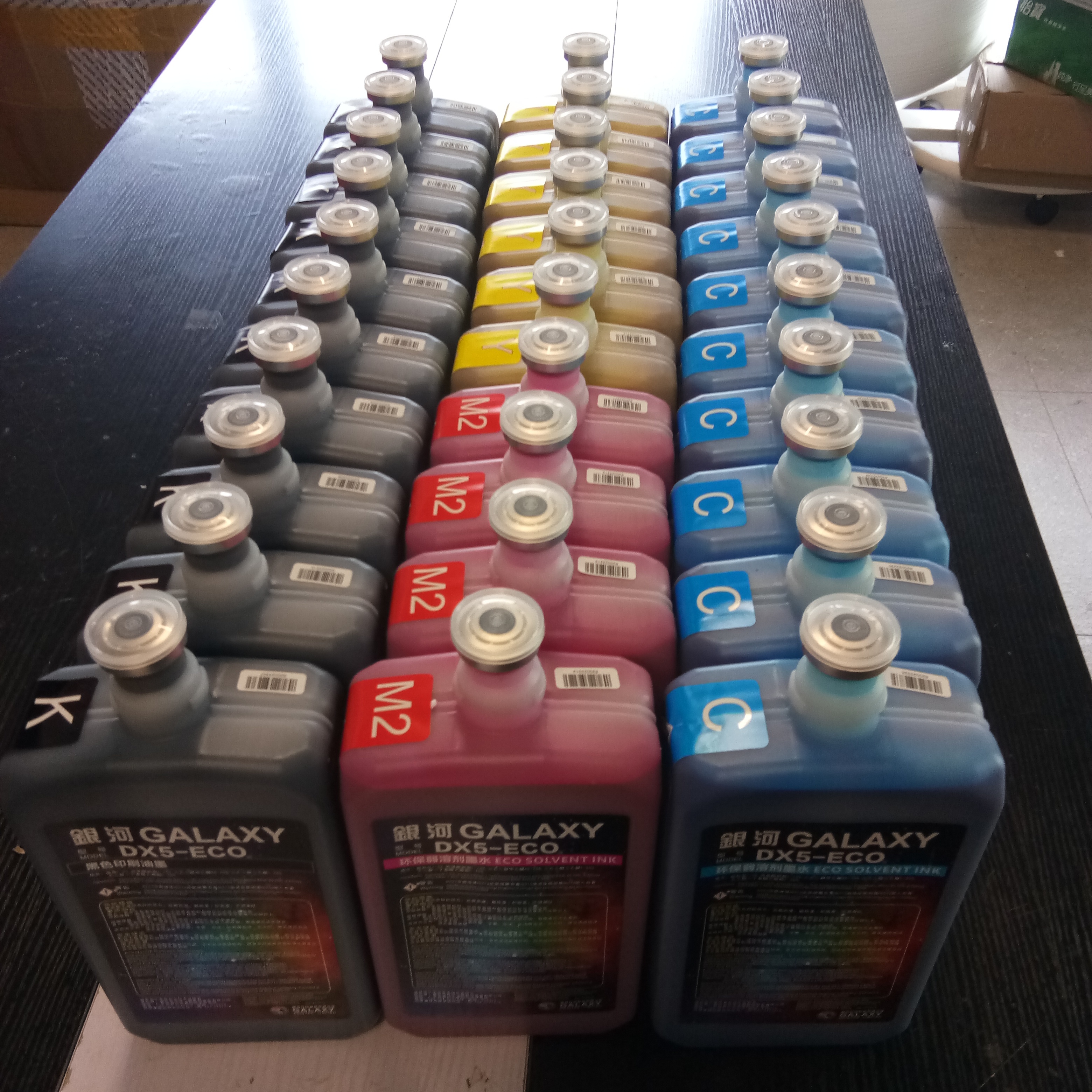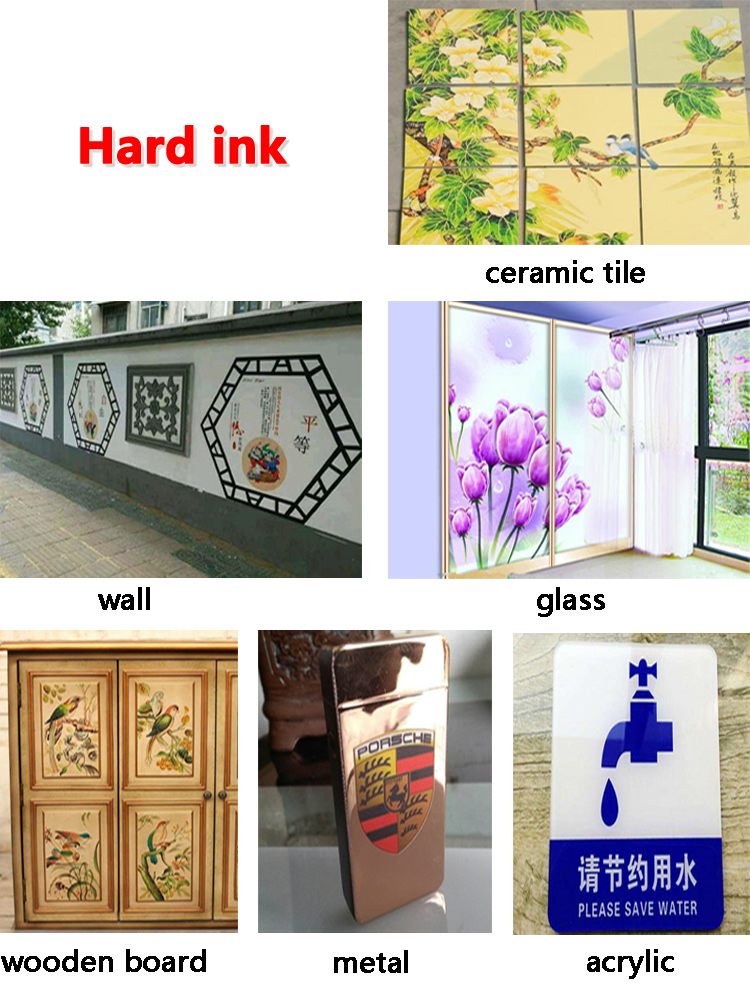Exploring Printer Inks: Types, Colors, Features, Selling Points, and Applications
Exploring Printer Inks: Types, Colors, Features, Selling Points, and Applications
In the realm of printing, the type of ink used plays a crucial role in determining the quality, vibrancy, and longevity of printed materials. Let's delve into the various aspects of printer inks, including their types, colors, characteristics, selling points, and applications across different machines.

1. Types of Printer Inks:
Dye-based Inks: These inks are known for their vibrant colors and are commonly used in photo printing due to their ability to produce sharp and detailed images.
Pigment-based Inks: Known for their durability and longevity, pigment-based inks are ideal for producing high-quality documents and graphics that resist fading over time.
UV-curable Inks: These specialized inks dry quickly when exposed to UV light, making them suitable for printing on various surfaces such as plastics, glass, and metal.
2. Ink Colors:
CMYK Inks: The standard colors used in printing are Cyan, Magenta, Yellow, and Key (Black), which are combined in different proportions to create a wide range of hues and shades.
Specialty Colors: Some printers use additional ink colors such as Light Cyan, Light Magenta, and Light Black to enhance color accuracy and depth in photo printing.
3. Ink Characteristics:
Color Accuracy: Inks are formulated to reproduce colors accurately, ensuring that printed materials match the intended color palette.
Water and Fade Resistance: Many inks are designed to be water-resistant and fade-resistant, making printed materials suitable for long-term use and outdoor applications.
Quick Drying: Fast-drying inks improve printing efficiency by reducing smudging and allowing for immediate handling of printed materials.
4. Selling Points:
Vibrant Color Reproduction: Dye-based inks excel in producing vivid and lifelike colors, ideal for photo and image printing.
Durability: Pigment-based inks offer excellent durability and resistance to fading, ensuring printed materials maintain their quality over time.
Versatility: UV-curable inks provide versatility by enabling printing on a wide range of substrates, expanding the application possibilities for printers.
5. Application Machines:
Photo Printers: Dye-based inks are commonly used in photo printers to produce high-resolution and vibrant photo prints.
Office Printers: Pigment-based inks are favored for office printers due to their durability, water resistance, and fade resistance, suitable for producing documents and graphics.
Wide-format Printers: UV-curable inks are utilized in wide-format printers for printing on various substrates such as banners, signage, and packaging materials.

As printing technology continues to evolve, the development of specialized inks enhances the capabilities and performance of modern printers, catering to diverse printing needs across industries.
Stay tuned for further innovations in printer inks as manufacturers strive to meet the demands of high-quality and versatile printing solutions.
